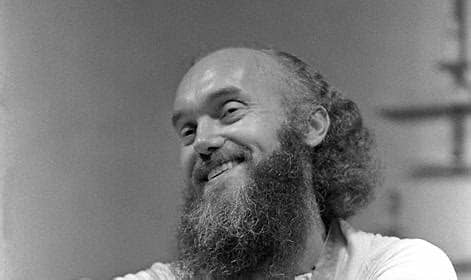
“There have been many revolutions over the last century, but perhaps none as significant as the longevity revolution. We are living on average today 34 years longer than our great-grandparents did — think about that. That’s an entire second adult lifetime that’s been added to our lifespan. And yet, for the most part, our culture has not come to terms with what this means. We’re still living with the old paradigm of age as an arch. That’s the metaphor, the old metaphor. You’re born, you peak at midlife and decline into decrepitude”.
But many people today — philosophers, artists, doctors, scientists — are taking a new look at what I call “the third act” — the last three decades of life. They realize that this is actually a developmental stage of life with its own significance, as different from midlife as adolescence is from childhood. And they are asking — we should all be asking: How do we use this time? How do we live it successfully? What is the appropriate new metaphor for aging?
I’ve spent the last year researching and writing about this subject. And I have come to find that a more appropriate metaphor for aging is a staircase — the upward ascension of the human spirit, bringing us into wisdom, wholeness, and authenticity. Age not at all as pathology. Age as potential. And guess what? This potential is not for the lucky few. It turns out, most people over 50 feel better, are less stressed, less hostile, less anxious. We tend to see commonalities more than differences. Some of the studies even say we’re happier.
Video
Video transcribed at https://www.ted.com/talks/jane_fonda_life_s_third_act/transcript?subtitle=en
































